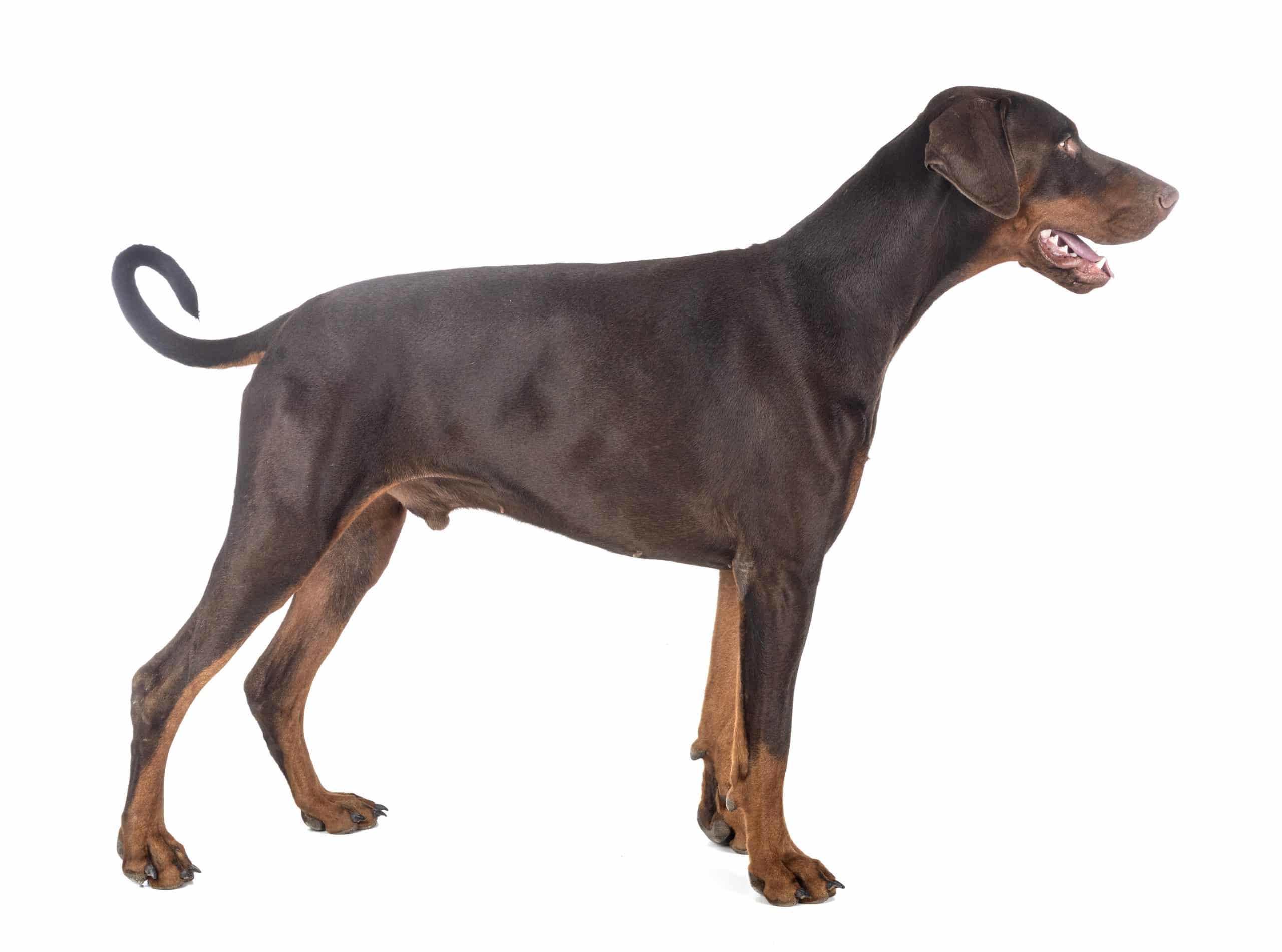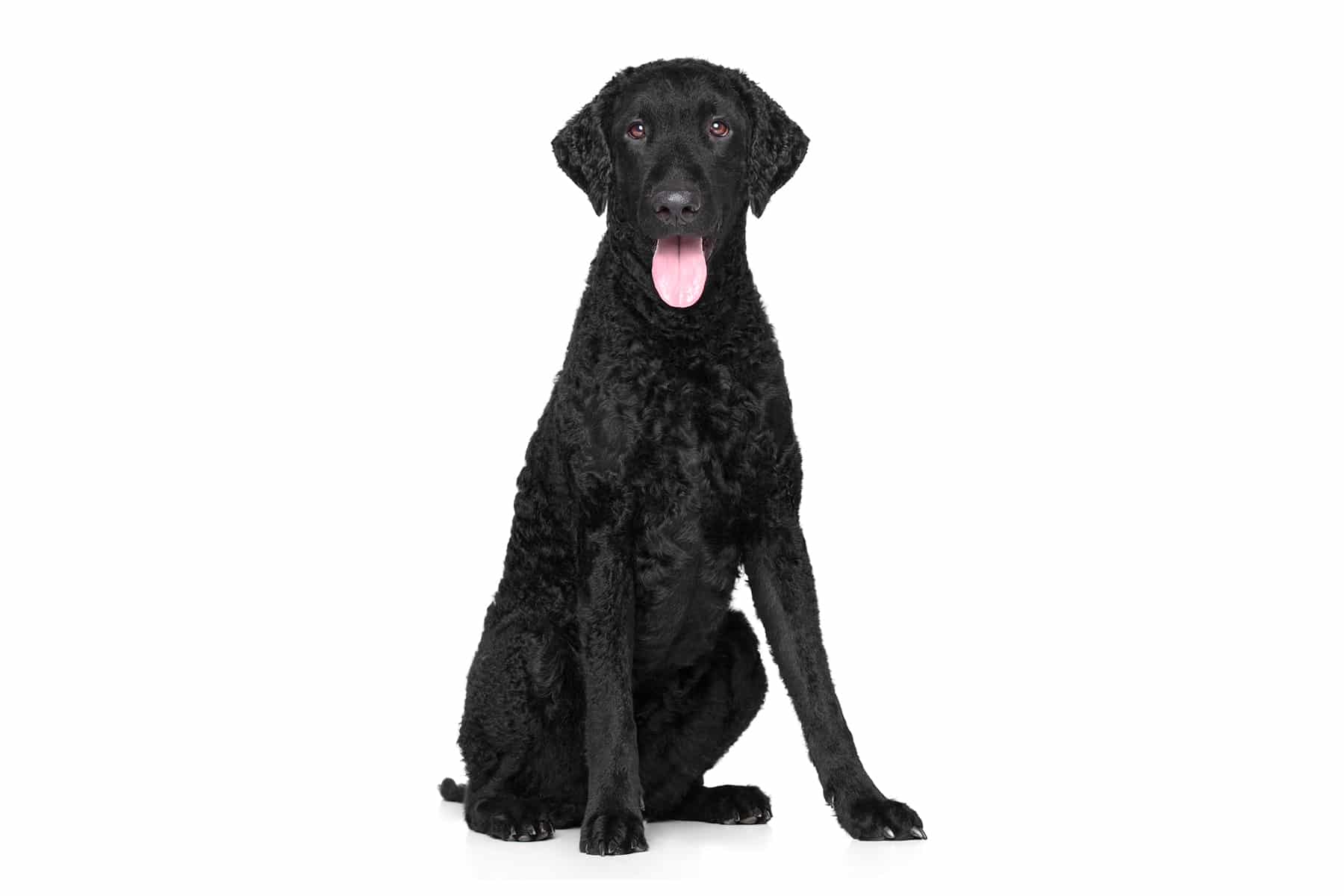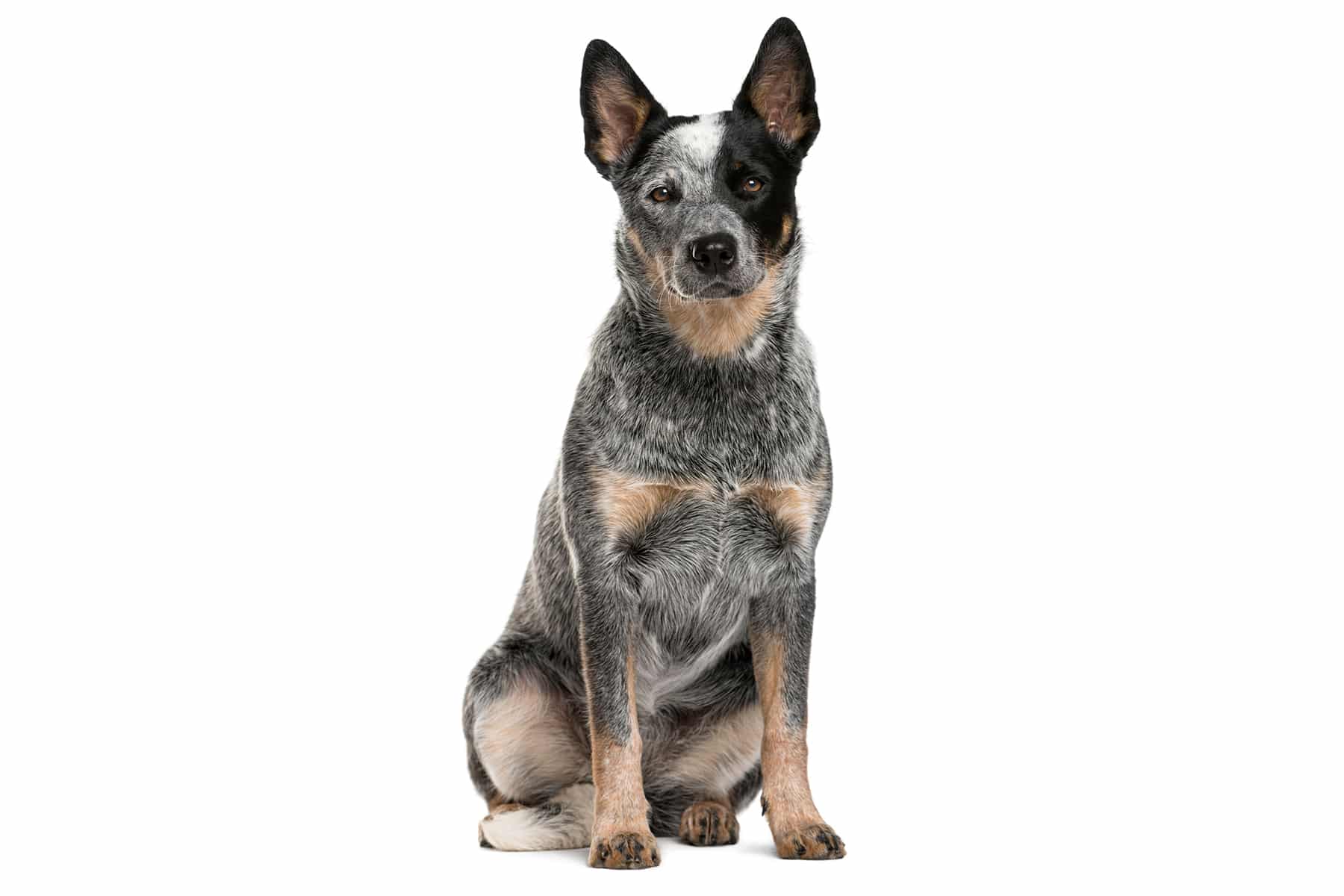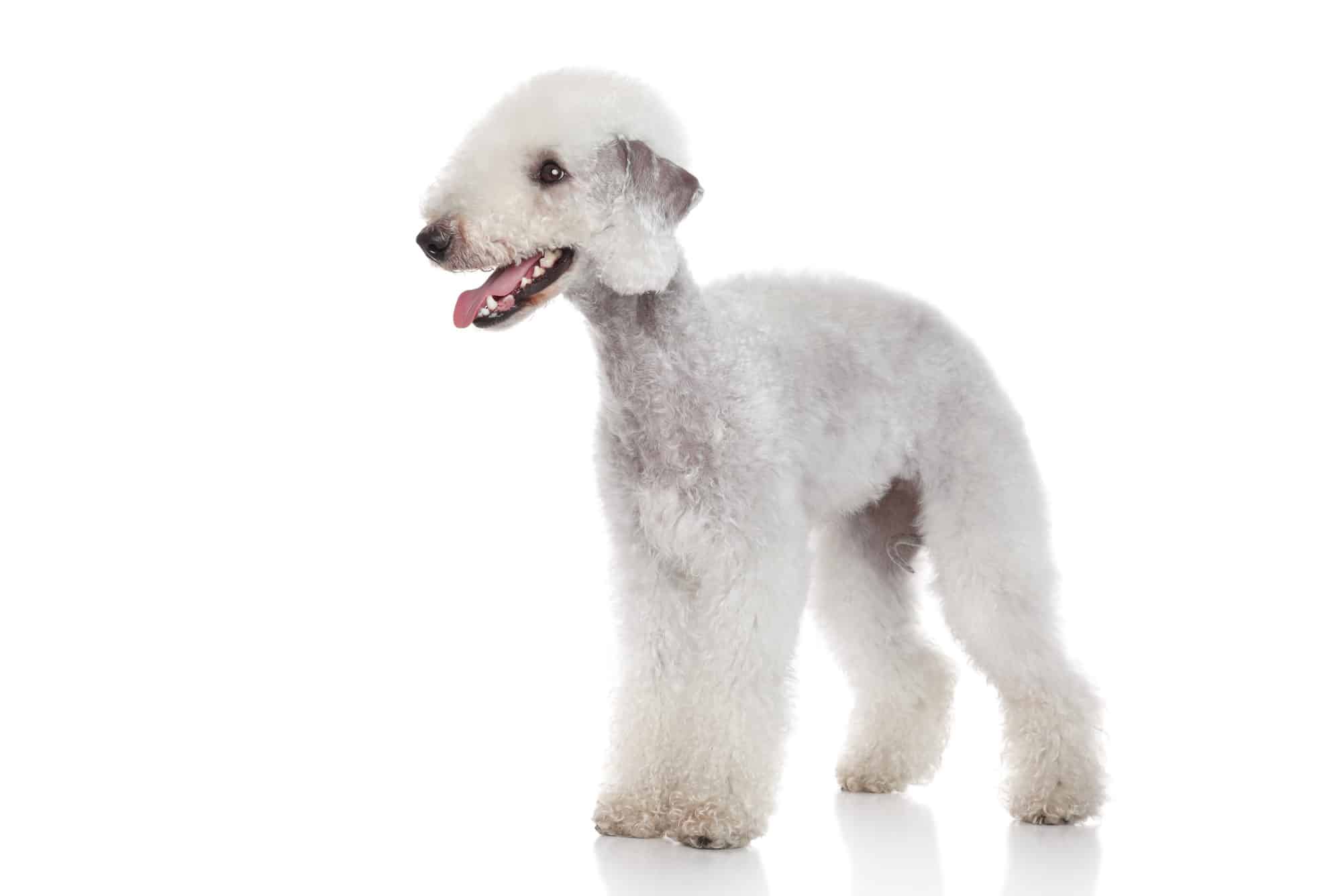Yorkshire Terrier
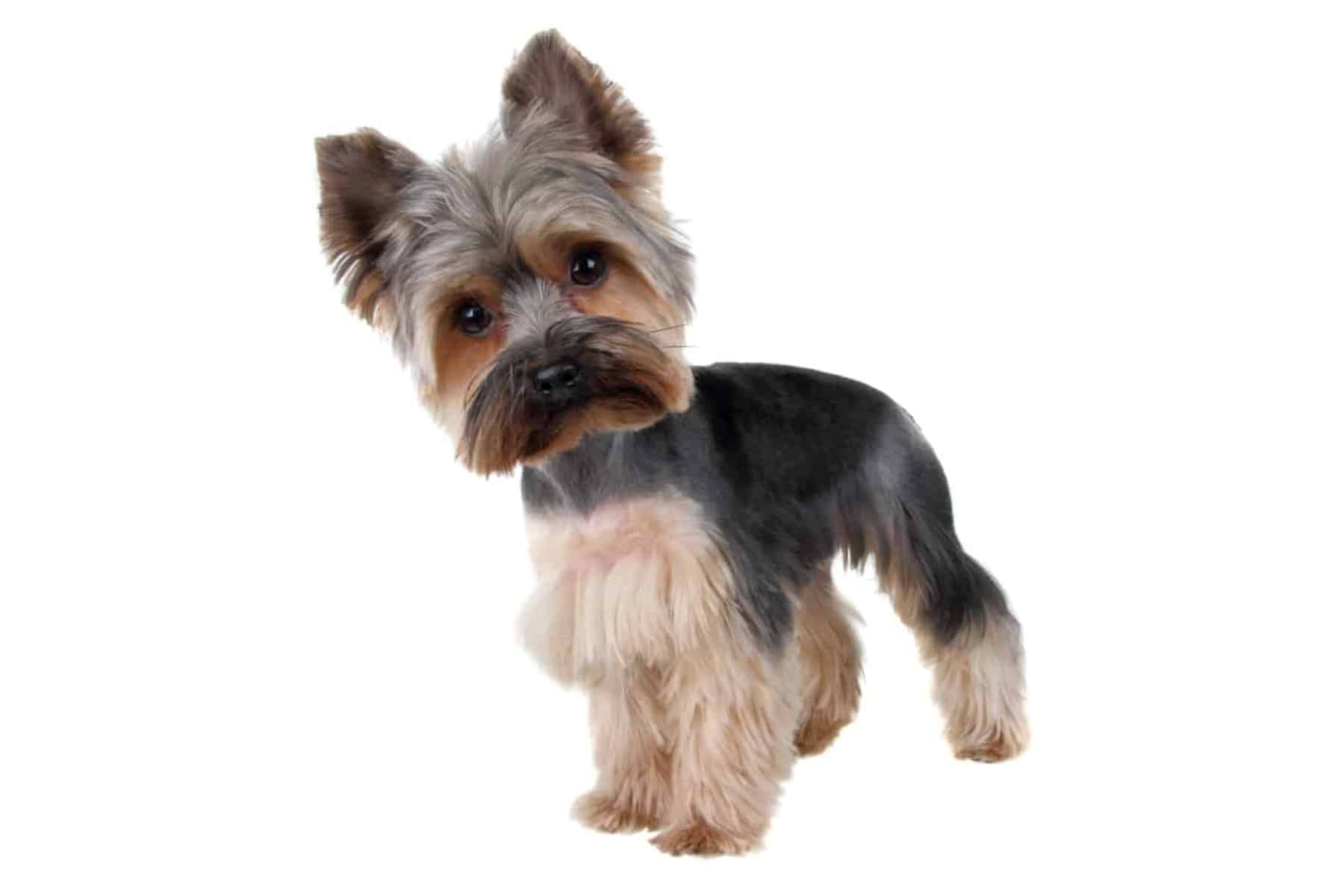

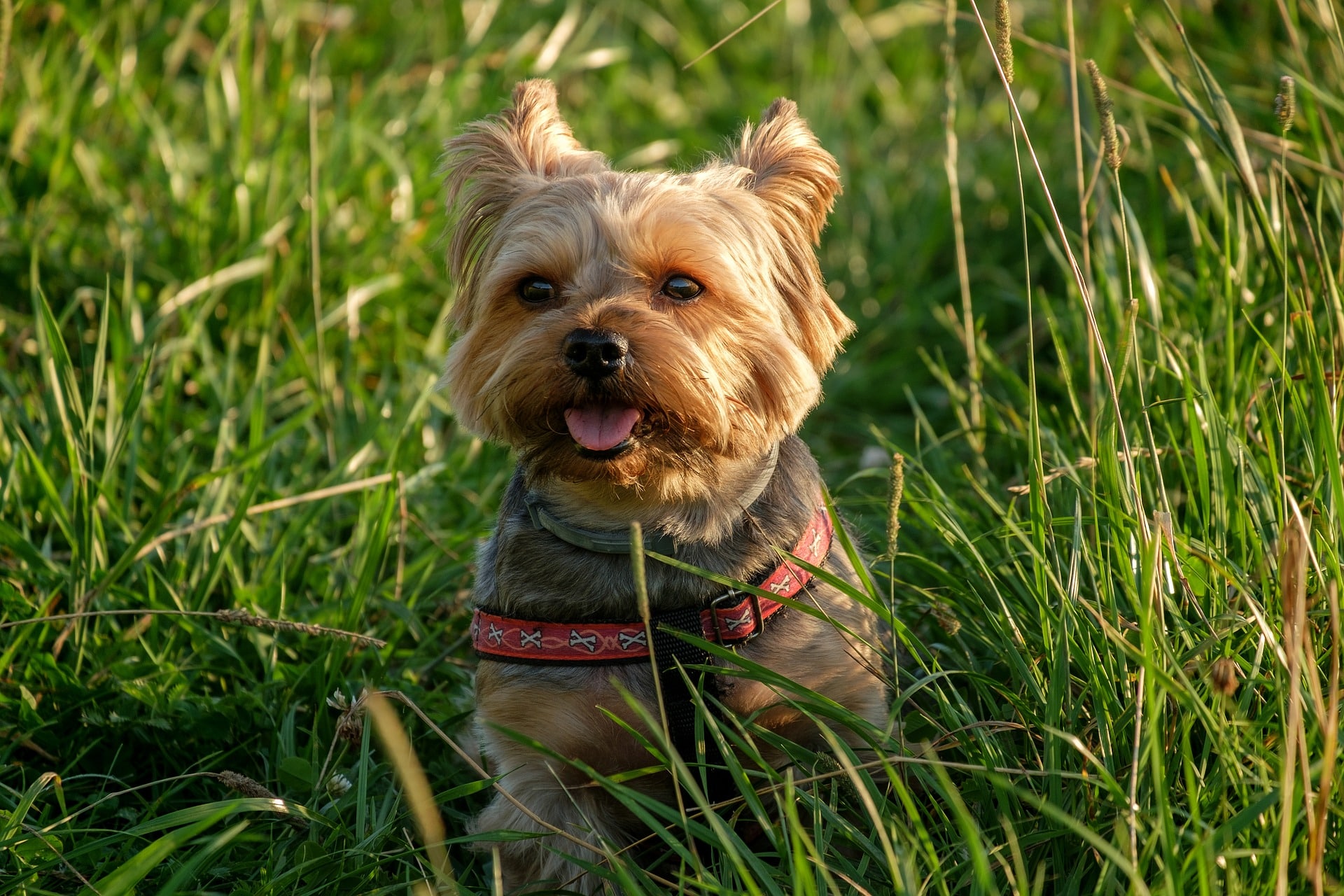

Temperament:
The Yorkshire Terrier - or Yorkie for short - is one of the smallest dog breeds. Its appearance usually makes it look cute and very light. However, this cute appearance can also be deceptive, because in contrast to its size, the Yorkie is also very self-confident and courageous. It is recognized by the FCI and belongs to group 3 of the miniature dogs. As the name suggests, the breed originally comes from Scotland and northern England.
Characteristics
The Yorkshire Terrier is a very pretty dog. It has a well-proportioned build and a silky, shiny coat. It has dark button eyes and short, upright, pointed ears.
A special visual feature is the long, smooth coat. This is usually a bright golden color. However, the coat color of these dogs can also be significantly darker. There are also so-called blue specimens. These are almost black and have some light markings, usually in the chest or belly area.
Many breeders try to breed the Yorkshire Terrier as a miniature version. These dogs are only bred for visual reasons. However, this happens to the detriment of the dogs. Toy terriers that are too small have a much shorter life expectancy. Their bodies cannot develop freely. This inevitably leads to illnesses and health problems. Mental and physical deformities are the result. In general, every prospective dog owner is strongly advised against such breeders.
The character of these self-confident four-legged friends is impressive. On the one hand, the dogs are incredibly cuddly and affectionate. On the other hand, they try to dominate their fellow dogs. This can come across as aggressive. At the same time, the little ones are amazingly courageous and self-confident. But it is precisely this diversity of personality that makes the breed so interesting.
Especially when they meet other dogs, Yorkies like to try to take control. They are often bold and like to bark. This behavior can be misunderstood as aggressive. In reality, however, the dogs just want to make themselves important. Large dog breeds often don't take small four-legged friends seriously because of their appearance. This is where this behavior comes from.
Another trigger for the cheeky, sometimes self-overestimating nature lies quite simply in the character of the animals. They think they are much stronger than they actually are. Normally, however, this behavior is hilarious. If it escalates or the dog actually bites, clear boundaries must be set. With a few tips and tricks, such behavior can also be trained away.
The Yorkshire Terrier is full of energy and is anything but a lap dog. He loves to run around and be active. Their pronounced hunting instinct also contributes to this. On walks in the forest or park, the dogs pick up the scent of other animals. It is almost impossible for them to resist a squirrel or a mouse.
In principle, these furry friends are also suitable as family dogs. However, it should be noted that the Yorkshire Terrier is a relatively sensitive animal. Children should therefore be taught how to handle dogs properly beforehand. As children are not yet able to assess their strength so well, caution is advised. Injuries to the animal or defensive reactions should be avoided at all costs. If children can handle the four-legged friend, it is a loving and cheerful companion.
Coat care:
Shedding:
Energy level:
Trainability:
Children suitable:
The right food
When choosing food, make sure that it contains high-quality ingredients, is balanced and meets your dog's requirements. Age, size or weight, activity and health status play an important role. You should follow the manufacturer's recommendations for the amount of food.
Treats should only be fed in moderation and deducted from the basic diet to avoid obesity.
Puppies can be fed 4-6 times a day. The number of meals should be gradually reduced to 2 per day until the dog is fully grown. A rest period should be observed after meals.
Fresh drinking water should be available at all times.
Health & Care
Keeping Yorkshire Terriers is easy. The dogs are happy even in cramped living conditions. Yorkshire Terriers do not necessarily need a garden or lots of outdoor exercise. However, daily exercise and short walks are recommended.
This is one of the reasons why Yorkshire Terriers make excellent city dogs. These little four-legged friends can be kept in any rented apartment. They can be taken anywhere without any problems.
The breed is also considered an affectionate lap dog. It can also spend long periods of time on its owner's arm or lap. Traveling with a Yorkie is therefore no problem.
Only the coat care of the four-legged friend requires special attention. The coat must be brushed regularly and combed thoroughly. Dirt and grime quickly collects in the animal's coat when out walking. This should be removed immediately for the sake of the animal. However, frequent washing or even shampooing should be avoided. This can lead to skin irritation and allergies.
It also makes sense to shorten the growing hair at regular intervals. The animal's coat can be clipped very short in summer, for example. This allows the dog to tolerate the heat better. Trimming is usually done with clippers or a clipper.
Of course, the Yorkie can also wear its coat long. However, care must be taken to ensure that the coat does not hinder the dog when running and walking. The area around the eyes in particular should be kept short and well groomed. This means that the dog's field of vision is less restricted. A short coat is certainly more pleasant for the dog itself. For the good of the animal, owners should take this into consideration.
You often see Yorkshire Terriers on the streets wearing collars and clothes. It is perfectly all right to put a sweater on your four-legged friend when temperatures are low. A bow in the hair is also allowed as long as it doesn't bother the dog. However, it is important to remember that dogs are living creatures. They should not be kept as fashion accessories or anthropomorphized. Instead, dogs should be able to let off steam and follow their instincts.
Suitable accessories
The influence of the terrier must be taken into account when training the four-legged friend. Although the animals appear small and dainty, they often have a big personality. They love to play and are constantly on the move. The little darling should be given toys with which it can romp around carefree. Yorkies are very intelligent. They learn very quickly and like to be taught tricks.
As basic equipment, your Yorkie needs a collar or harness with a lead, a dog basket or dog mat as a retreat, water and food bowl, tick tweezers, claw clippers, mild dog shampoo, brush and comb or rubber curry comb, toothbrush and toothpaste for dogs, a transport box for safe transportation in the car and a first aid kit. It's best to ask your vet what should be in the first aid kit.
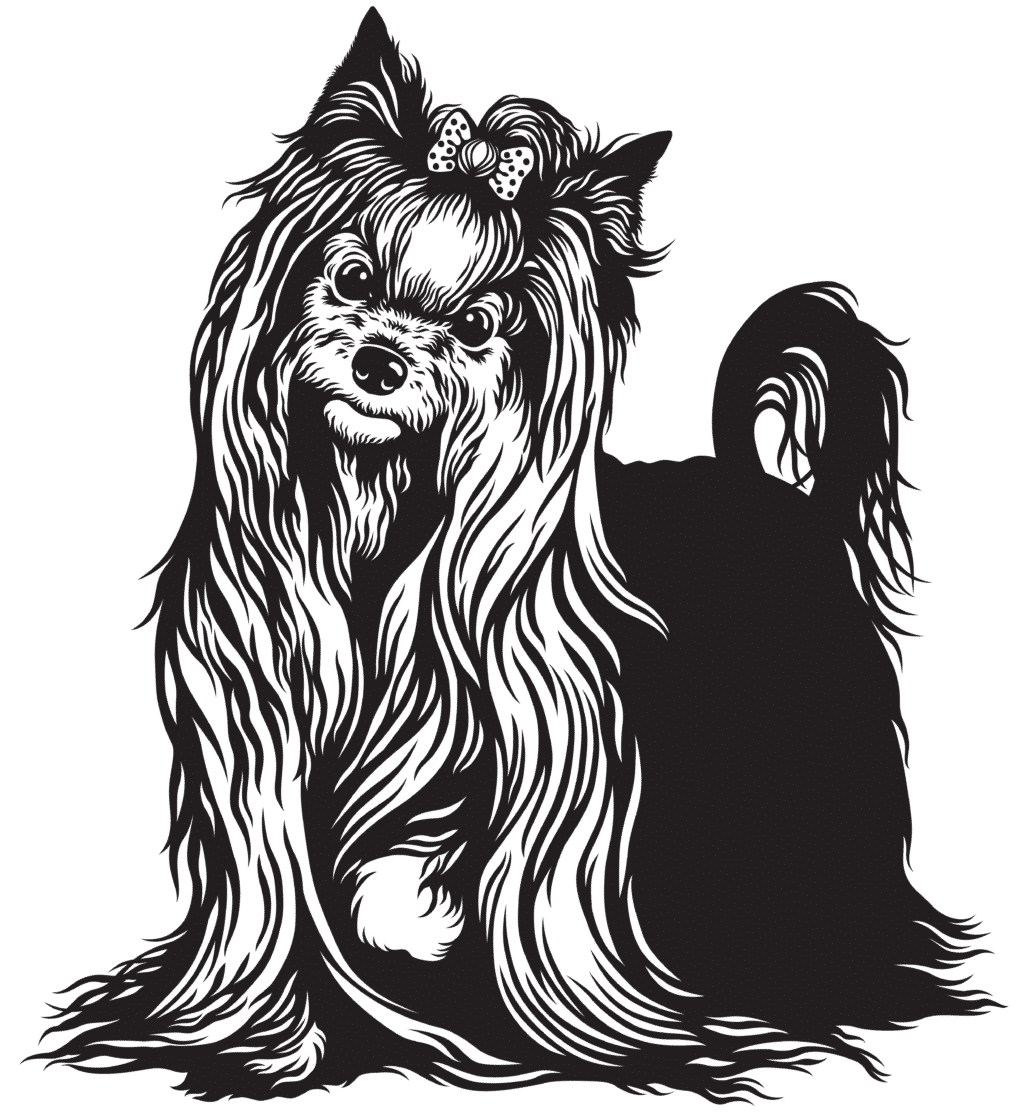
Origin & History
Originating from Great Britain, the breed was used as a house and farm dog for many centuries. It was mostly kept by poor working-class families as a guard and hunting dog. Despite the cramped living conditions, the Yorkie found enough space with its small size.
This lively terrier always defended his territory fiercely. He also kept mice, rats and other small animals away. It is said that the Yorkie even chased away foxes and martens that came too close to him and his yard.
Despite its function as a hunter and guardian, the Yorkshire Terrier has also been considered a lap dog for over a century. This was due to its cute appearance and cuddly nature. Even back then, the little four-legged friend was spoiled and pampered by its owners.
The Yorkshire Terrier was recognized as a dog breed by the British Kennel Club as early as 1873. However, the breed only became known in Germany at the end of the 1970s. It was finally recognized by the FCI in 1954.
